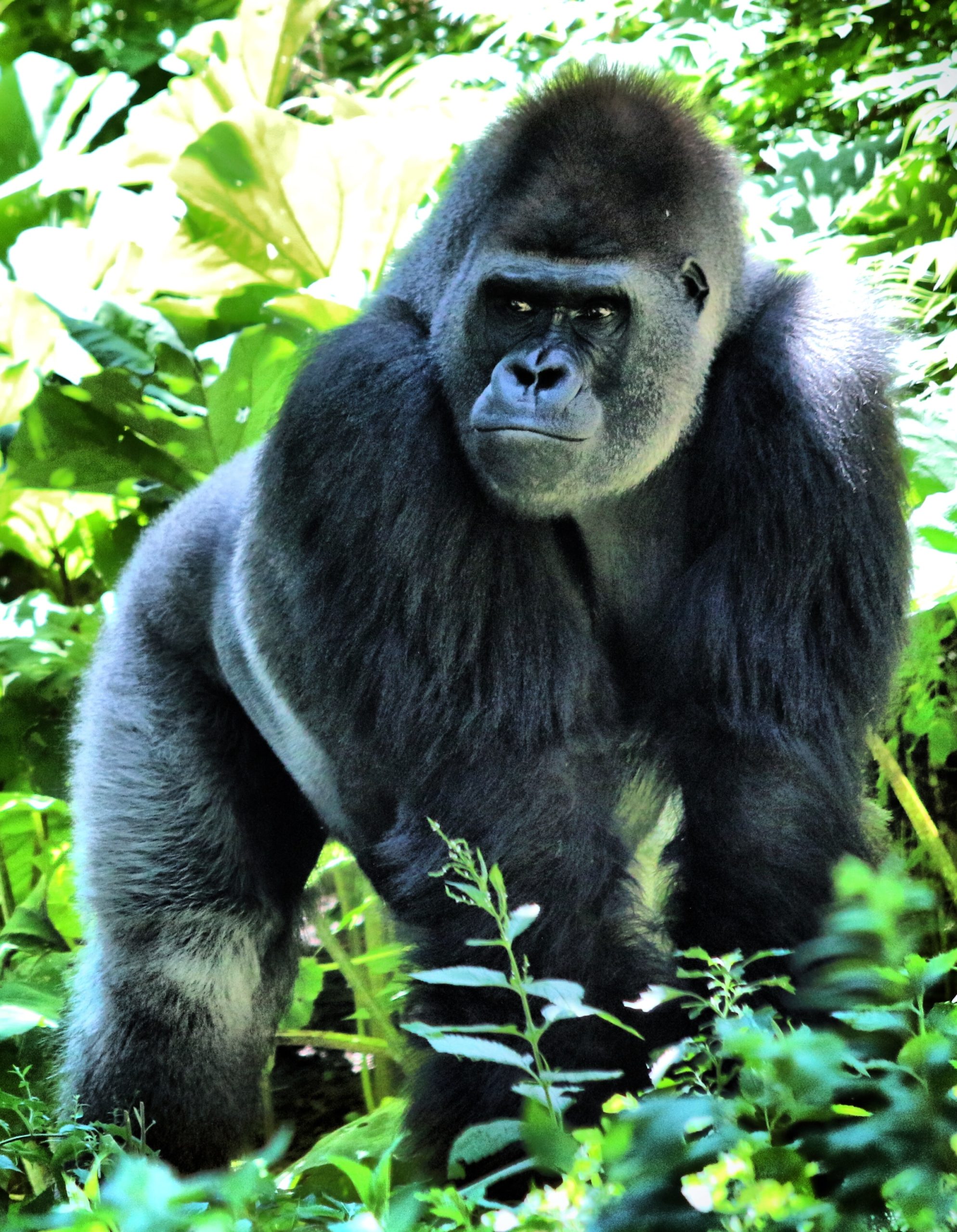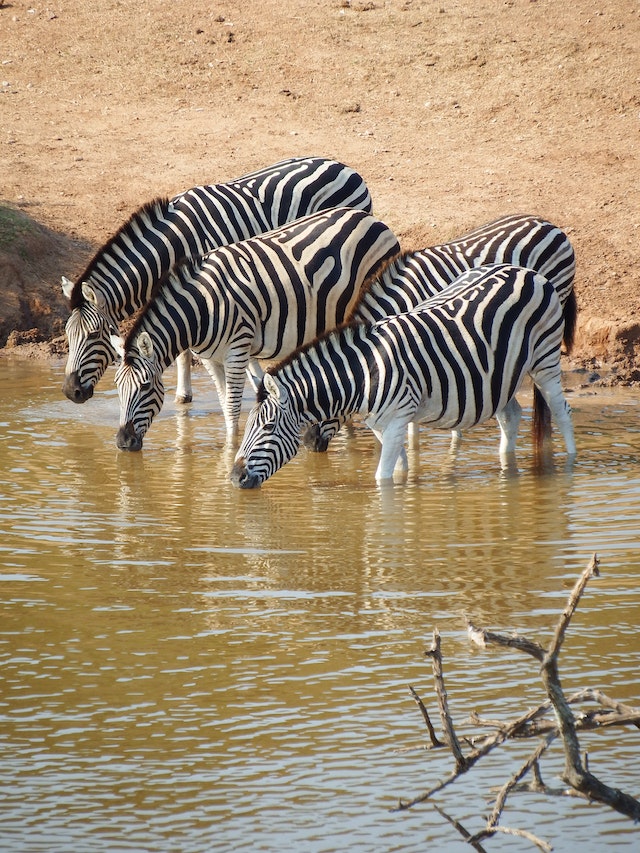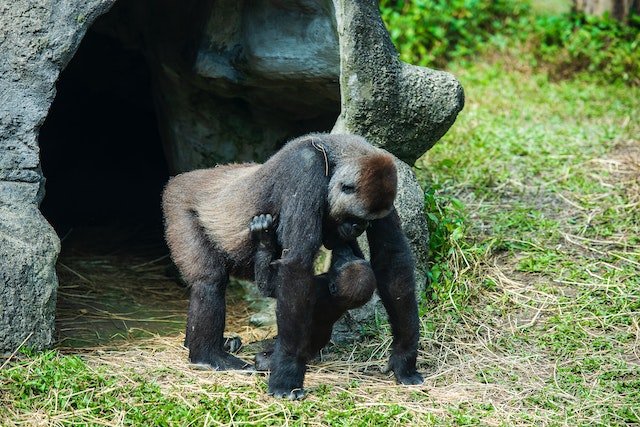As one of the largest primates in the world, gorillas have captured the fascination and intrigue of many individuals around the world. Their size, strength, and complex social structures make them an interesting subject of study for researchers and conservationists alike. However, there is much more to these gentle giants than meets the eye.
Gorillas are known for their peaceful nature and their ability to coexist with others in their communities. In fact, they are one of the few animals that exhibit this kind of behavior in the wild. Despite their massive size and strength, gorillas are known to be calm and non-aggressive, unless provoked or threatened. They are also incredibly intelligent creatures, with the ability to use tools, problem solve, and communicate with each other in complex ways.
Perhaps the most remarkable aspect of gorilla behavior is their strong family bonds. Gorilla communities are led by a dominant male, or silverback, who protects his family from outside threats and helps to maintain order within the group. Females in the group are fiercely protective of their young, and will go to great lengths to ensure their safety and wellbeing.
Unfortunately, gorillas are also an endangered species. Deforestation, poaching, and disease have all contributed to the decline in their population over the years. In fact, it is estimated that there are only around 1,000 mountain gorillas left in the wild. Conservation efforts have been put in place to protect these magnificent creatures and their habitats, but there is still much work to be done.
In recent years, there has been a renewed interest in gorilla conservation and research. Researchers are using cutting-edge technology to study gorilla behavior and communication, while conservationists are working to protect their habitats and educate the public about the importance of preserving these animals for future generations.
In conclusion, gorillas are truly the gentle giants of the forest. Their peaceful nature, intelligence, and complex social structures make them a fascinating subject of study for researchers and conservationists. While their population is in decline, there is still hope for these magnificent creatures, and with continued efforts, we can work to ensure their survival for years to come.










